Photos: The Search for Water on the Moon
Ancient Moon Samples
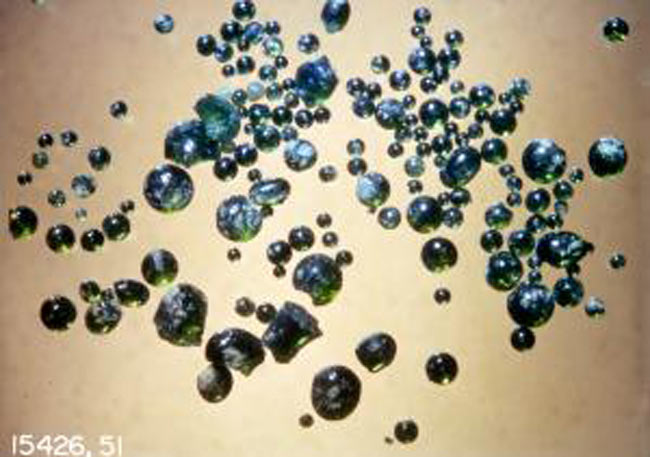
In July 2008, water was found conclusively for the first time inside ancient moon samples brought back by Apollo astronauts. Researchers led by Brown geologist Alberto Saal analyzed lunar volcanic glasses, such these gathered by the Apollo 15 mission, and used a new analytic technique to detect water. The discovery strongly suggests that water has been a part of the Moon since its early existence – and perhaps since it was first created.
Game-Changing Discovery
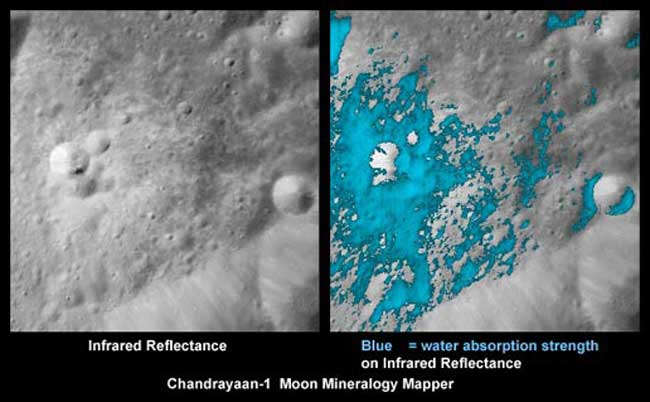
Many experts were shocked by the 2009 discovery of water on the moon, which was long thought to be bone-dry. These images show a very young lunar crater on the side of the moon that faces away from Earth, as viewed by NASA's Moon Mineralogy Mapper on the Indian Space Research Organization's Chandrayaan-1 spacecraft. On the left is an image showing brightness at shorter infrared wavelengths. On the right, the distribution of water-rich minerals (light blue) is shown around a small crater. Both water- and hydroxyl-rich materials were found to be associated with material ejected from the crater.
Ions from the Solar Wind
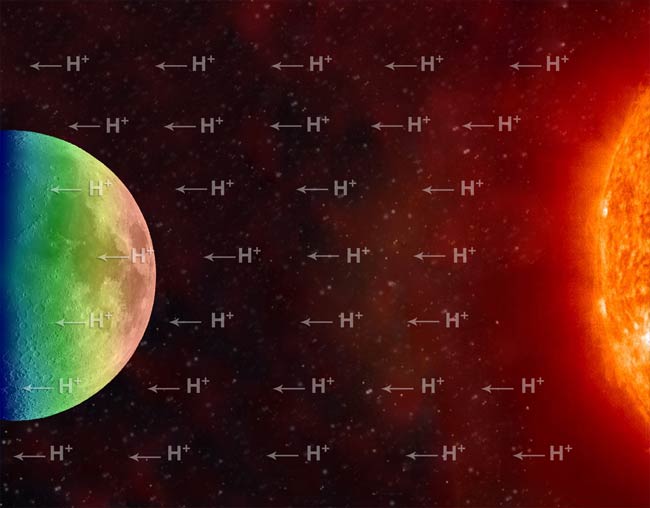
In 2009, observations from three spacecraft showed signals of water across moon's surface. This illustration shows the stream of charged hydrogen ions carried from the sun to the moon by the solar wind. Scientists think this process might explain the possible presence of hydroxyl or water on the moon.
Tons of Water Ice

NASA's Mini-SAR instrument, which flew aboard India's Chandrayaan-1 spacecraft, found more than 40 small craters with water ice. The craters range in size from 1 to 9 miles (2 to 15 km) in diameter. Although the total amount of ice depends on its thickness in each crater, it's estimated there could be at least 600 million metric tons of water ice. The red circles denote fresh craters; the green circle mark anomalous craters.
Rim of Shackleton Crater near the Lunar South Pole
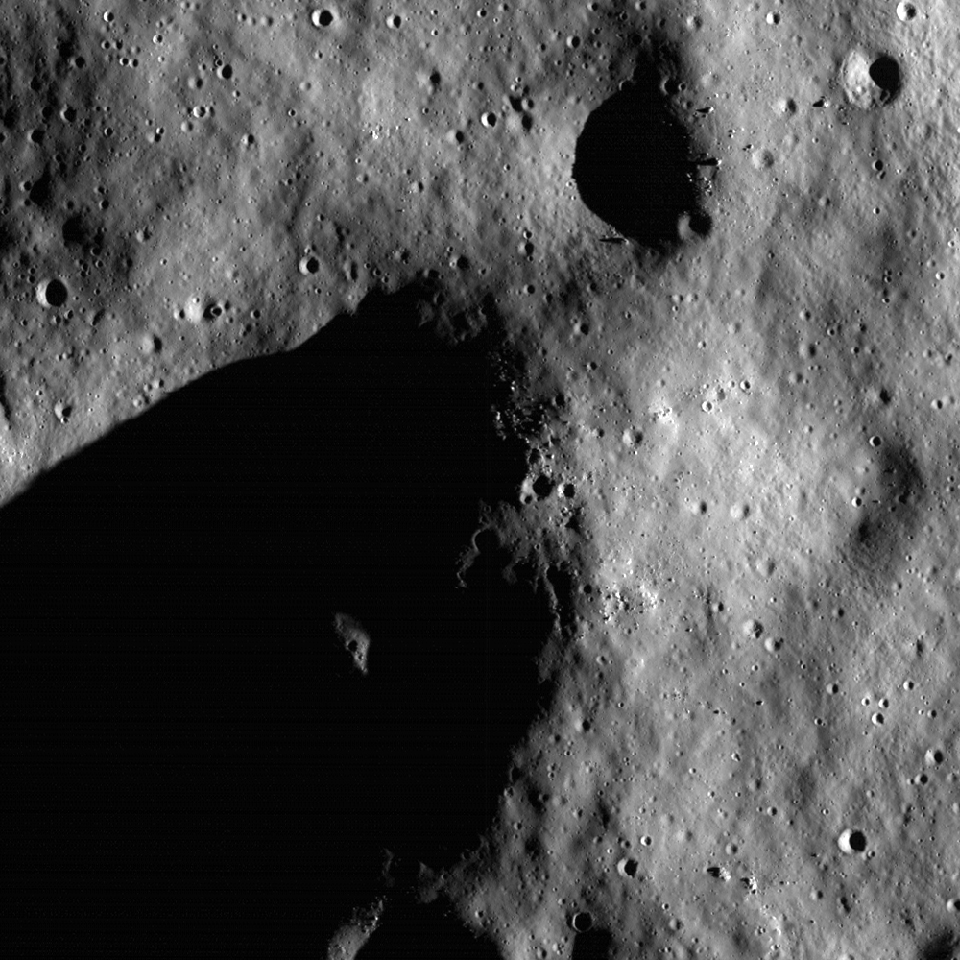
The evidence is building that permanently shadowed craters near the moon's poles hold huge deposits of water ice. This crater is one potential spot.
Moon's Permanently Shadowed Regions
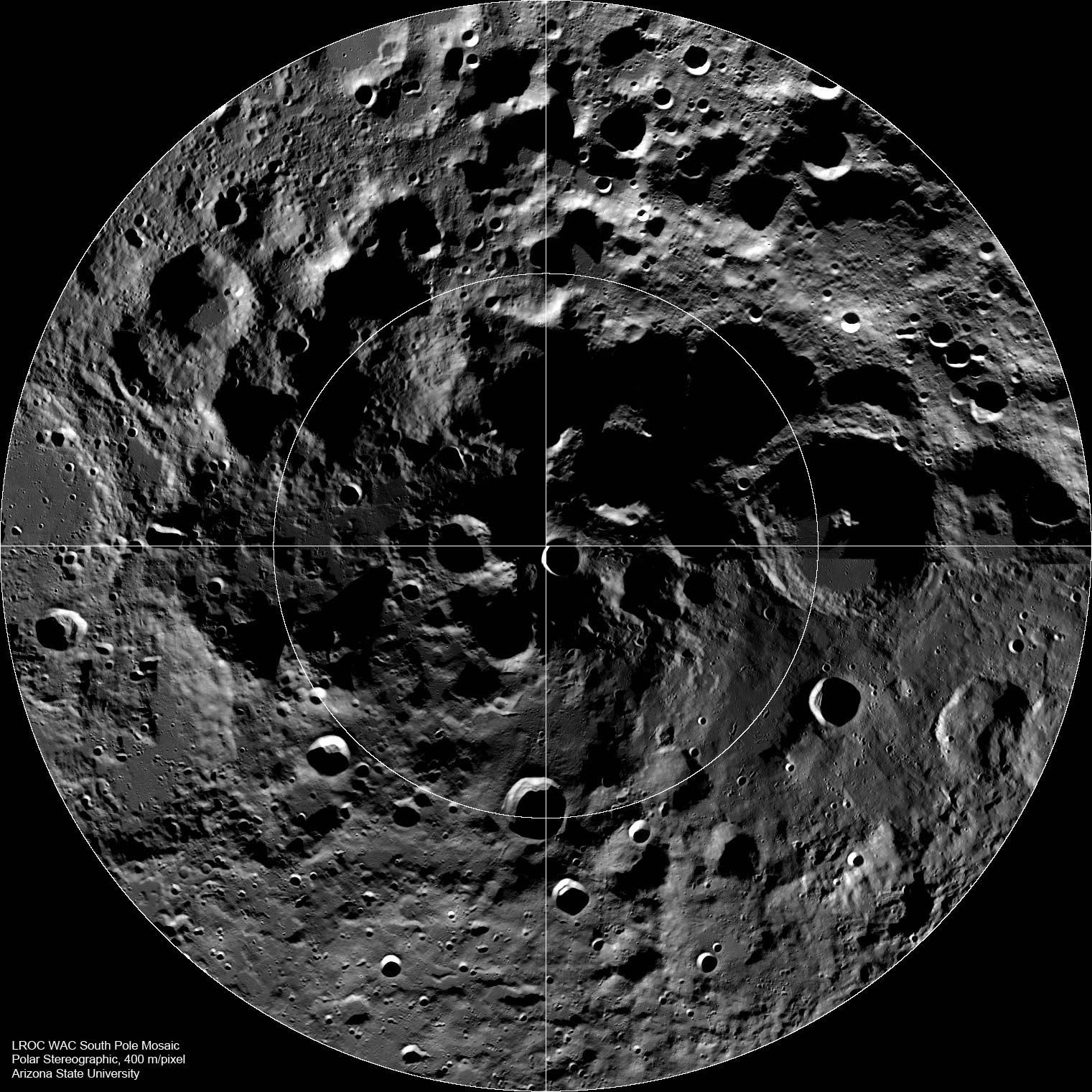
The Lyman Alpha Mapping Project found that the moon's permanently shadowed regions may hide stores of water ice. This photo of the moon's south pole, taken by NASA's Lunar Reconnaissance Orbiter, shows some of the permanently shadowed regions.
Water from Comets
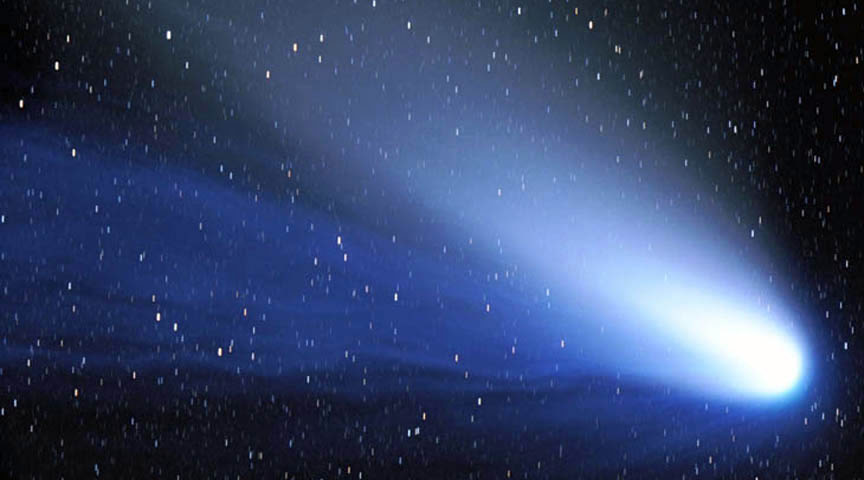
A January 2011 study suggested that water on the moon most likely came from comets that pelted the lunar surface after its formation.
Get the Space.com Newsletter
Breaking space news, the latest updates on rocket launches, skywatching events and more!
Cabeus Crater

In October 2010, scientists reported that a frigid crater called Cabeus at the moon's south pole is jam-packed with water ice, with some spots wetter than Earth's Sahara desert.
LCROSS
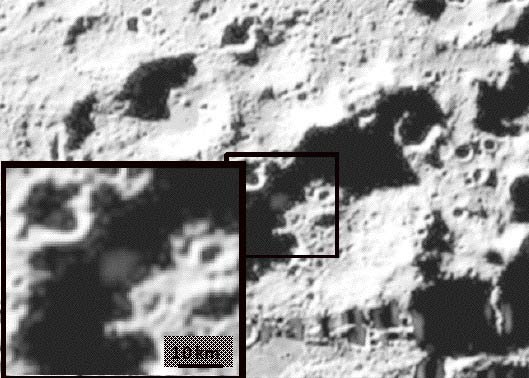
NASA's LCROSS probe discovered beds of water ice at the lunar south pole when it impacted the moon in October 2009. This visible camera image shows the ejecta plume at about 20 seconds after LCROSS's impact on the moon.
Moon Rocks
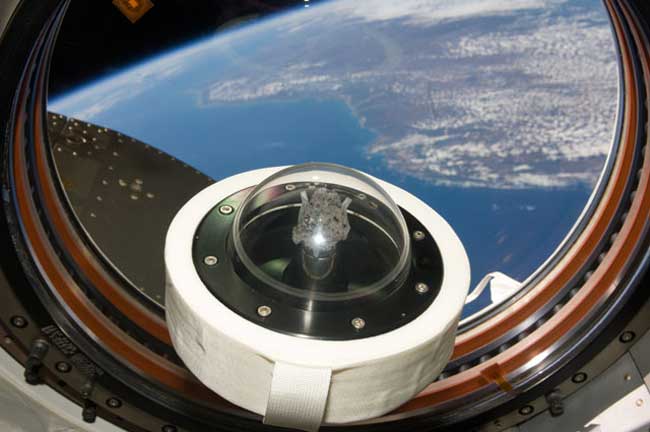
A July 2010 study found that the moon's interior may harbor 100 times more water than previous estimates, according to a new study that took a fresh look at samples of moon rocks collected by Apollo astronauts nearly 40 years ago.
Wet Shell, Dry Inside
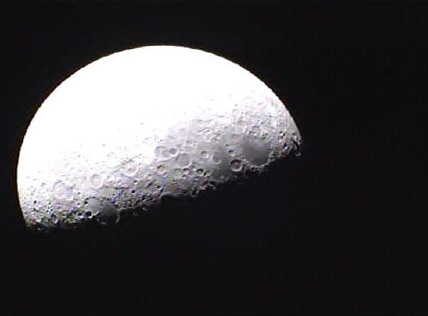
Recent studies have found vast amounts of water ice at or near the lunar surface. But the inside of the moon is bone dry, an August 2010 study found.
Join our Space Forums to keep talking space on the latest missions, night sky and more! And if you have a news tip, correction or comment, let us know at: community@space.com.

Space.com is the premier source of space exploration, innovation and astronomy news, chronicling (and celebrating) humanity's ongoing expansion across the final frontier. Originally founded in 1999, Space.com is, and always has been, the passion of writers and editors who are space fans and also trained journalists. Our current news team consists of Editor-in-Chief Tariq Malik; Editor Hanneke Weitering, Senior Space Writer Mike Wall; Senior Writer Meghan Bartels; Senior Writer Chelsea Gohd, Senior Writer Tereza Pultarova and Staff Writer Alexander Cox, focusing on e-commerce. Senior Producer Steve Spaleta oversees our space videos, with Diana Whitcroft as our Social Media Editor.









